|
By Connor Ross Nachusa Restoration Technician Rebounding from the unusually short 2020 field season, the Nachusa restoration crew hit the ground running in 2021. It’s amazing what you can do when you have a couple extra weeks and a full crew on hand! Each year presents its own challenges. Last year I wrote about how the infamous (and unfortunately, still ongoing) pandemic disrupted the burn season. A record fire regime this year ensured the crew didn’t have to trek so much through unburned plots of land – that’ll really put your knees and hips to work! I also discussed the extremely wet spring of 2020. In a reversal of fortune, we ended up working during a drought year for 2021. Creek levels in late May were as low as they should’ve been in August, and most storms conveniently split to the north or south (often both) before they could supply Nachusa with some much-needed water. This drought meant the crew faced a mixed bag of effects: a lower invasive plant population and some seemingly confused natives. These “confused” natives often seemed to bloom and go to seed earlier than expected from previous years. New England asters started blooming at the very end of June! As we face the transition to fall, the focus of the crew has been mainly on seed collecting, as weed killing season drew to a close. We swept certain units no less than four times this season for birdsfoot trefoil, tore sweet clover out of the ground on remnant knobs, plucked king devil heads before they could go to seed, and even patrolled the roadside ditches, spraying yellow iris and scything parsnip. The crew feels incredibly lucky to have the new Morton building to process seed. Because of this, we’ve been able to collect and then subsequently mill record amounts of seed, blowing our 2020 numbers out of the water. As of this writing, we currently have milled over 250 pounds of seed from over 40 species. We’ve been able to collect some seeds we missed last year, such as the seed pods of blue flag iris, which explode and shower seed everywhere in the vicinity when ready. We’ve seen all sorts of seed diversity: sticky catchfly seeds as small as a grain of sand, hairy beardtongue seeds that smell like roadkill, delicately fluffy dwarf dandelion seed, black-eyed Susan seed that digs into your skin like fiberglass. They’ve been harvested from every part of the preserve and in any sort of environment: golden Alexander from a classic mesic prairie, sedges that require a good pair of muck boots to collect, and fameflower from the sandy, desert-esque remnant knobs of Nachusa. As the fall season kicks into gear, the crew will continue collecting even more species from all across Nachusa in preparation for future restoration projects. The crew has worked hard this season in all sorts of conditions. We can attest to some bone-rattling days in May where we wore two layers under our rain jackets. And we’ve also labored through unusually hot June and August days with heat indexes topping 115 degrees Fahrenheit. We’ve killed sweet clover during rainstorms and been blasted with 40 mph gusts as we picked seeds. At times, the restoration technician position can be physically demanding and exhausting; hauling a two gallon herbicide pack for eight hours on the prairie is no joke! But time and time again it has proven incredibly worth it. We’ve seen the 2020 planting come to life this year, and already some of the seeds we collected last year have sprouted up: black-eyed Susan, white wild indigo, partridge pea. It has proven especially worth it through our wildlife encounters. A mink on her morning pond patrol on a cloudy day. Rescuing a cliff swallow with twine wrapped around its toes. Listening to sandhill cranes uttering their melodious primeval cries. Scaring up more frogs in a few minutes than you could count on your hands and toes. We even found an endangered Blanding’s turtle whose radio tracker had died. And of course, we’ve had plenty of encounters with bison. As rut season begins, the roars of the bull bison almost sound akin to lions on the Serengeti. We’ve watched adult bulls size each other up, and yearling bulls jostle each other around in imitation of their elders. We’ve also seen a more tender side to the bison, as one crew member, Zach, was lucky enough to come upon a cow that had just given birth in late June. The calf couldn’t even stand up yet! All in all, it’s been an incredibly successful summer at Nachusa that has proven worth the hard work. Nachusa is truly a place like no other, and we all feel lucky to be a part of it. Meet the Crew
4 Comments
James McGee
9/4/2021 06:45:30 pm
I have done the kind of work you describe. It is some of the hardest work people do. However, I’ve never worked when the heat index was 115 degrees Fahrenheit. The closest I’ve ever gotten to that temperature was a “feels like” temperature of 105 degrees Fahrenheit in the shade. Since I was working on a prairie, I brought my own shade. I quickly learned not to leave my sun umbrella or walk more than a few dozen paces from my cooler with ice.
Reply
Dee
9/8/2021 10:54:08 pm
On hot days the crew begins earlier in the morning in order to avoid some of the afternoon heat. They drink plenty of water and take more breaks on the hot days. They might even cool down in the air conditioning of their truck. They don’t carry umbrellas — a nice brimmed hat does the trick. If the heat index is high, they can shift to work inside, like computer work or milling their seeds in the cooler seed room. As far as we know, no one at Nachusa has experienced rhabdomyolysis. If anyone starts to feel overheated they are encouraged to listen to their bodies and immediately stop, get out of the sun, and cool down.
Reply
John Benedict
10/1/2023 04:29:55 pm
Visited there years ago. Thoroughly enjoyed the area. Does the mill still work ? I loved the harmonics it produced !
Reply
Dee
10/8/2023 01:36:39 pm
Yes, the hammer mill is still operating and working hard at this time of year as the fall seeds are harvested and prepared for planting.
Reply
Your comment will be posted after it is approved.
Leave a Reply. |
Blog CoordinatorDee Hudson
I am a nature photographer, a freelance graphic designer, and steward at Nachusa's Thelma Carpenter Prairie. I have taken photos for Nachusa since 2012. EditorJames Higby
I have been a high school French teacher, registered piano technician, and librarian. In retirement I am a volunteer historian at Lee County Historical and Genealogical Society. Categories
All
Archives
January 2024
|
CONNECT WITH US |
|
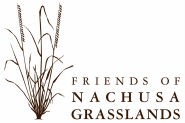
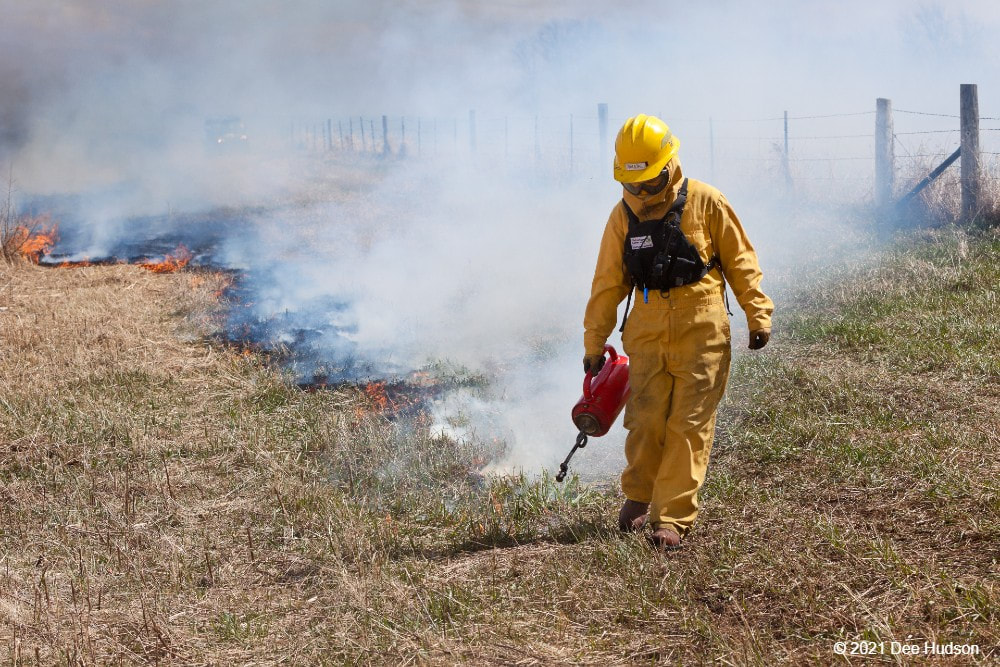
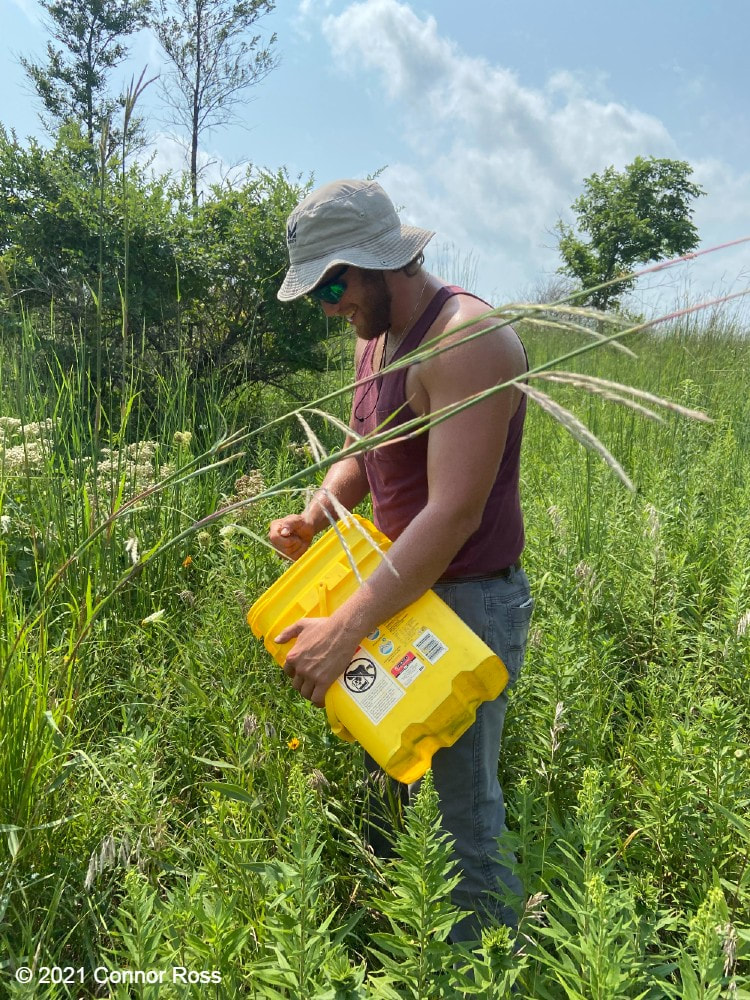
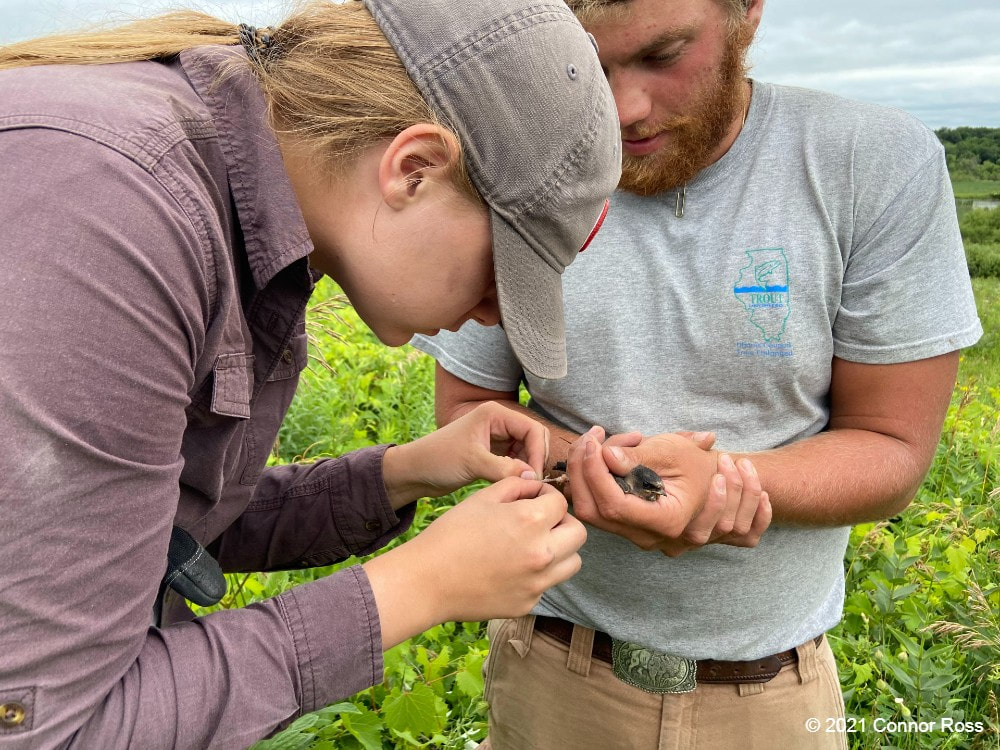
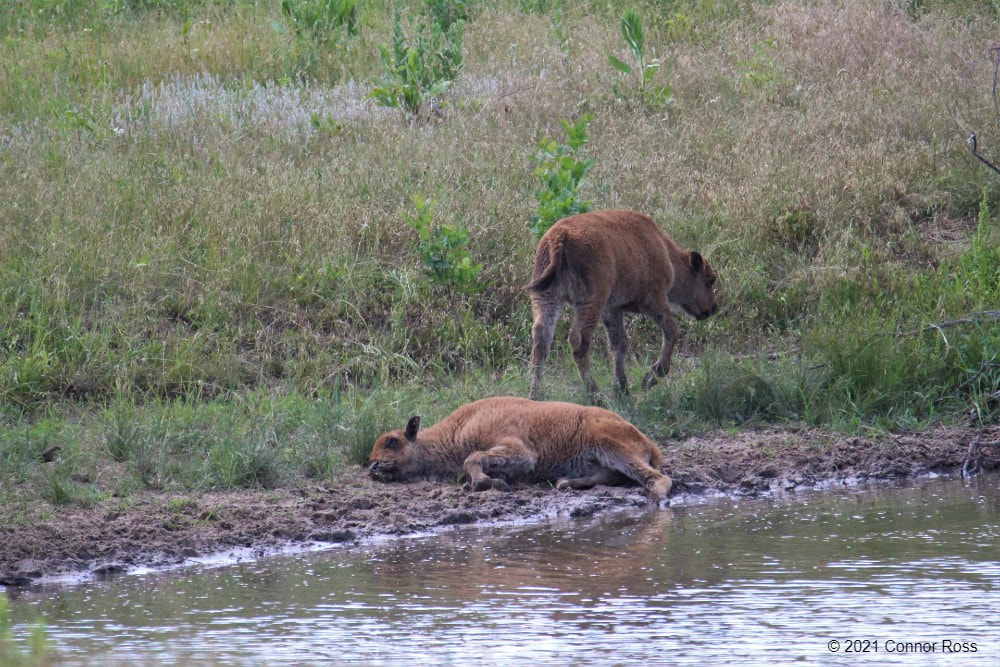
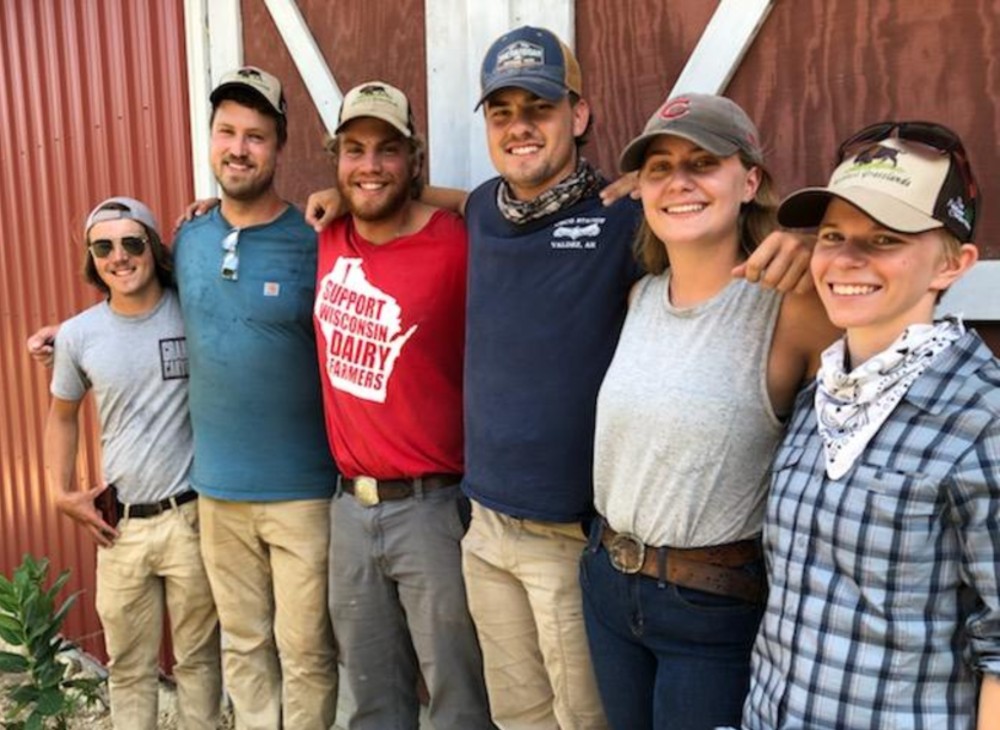
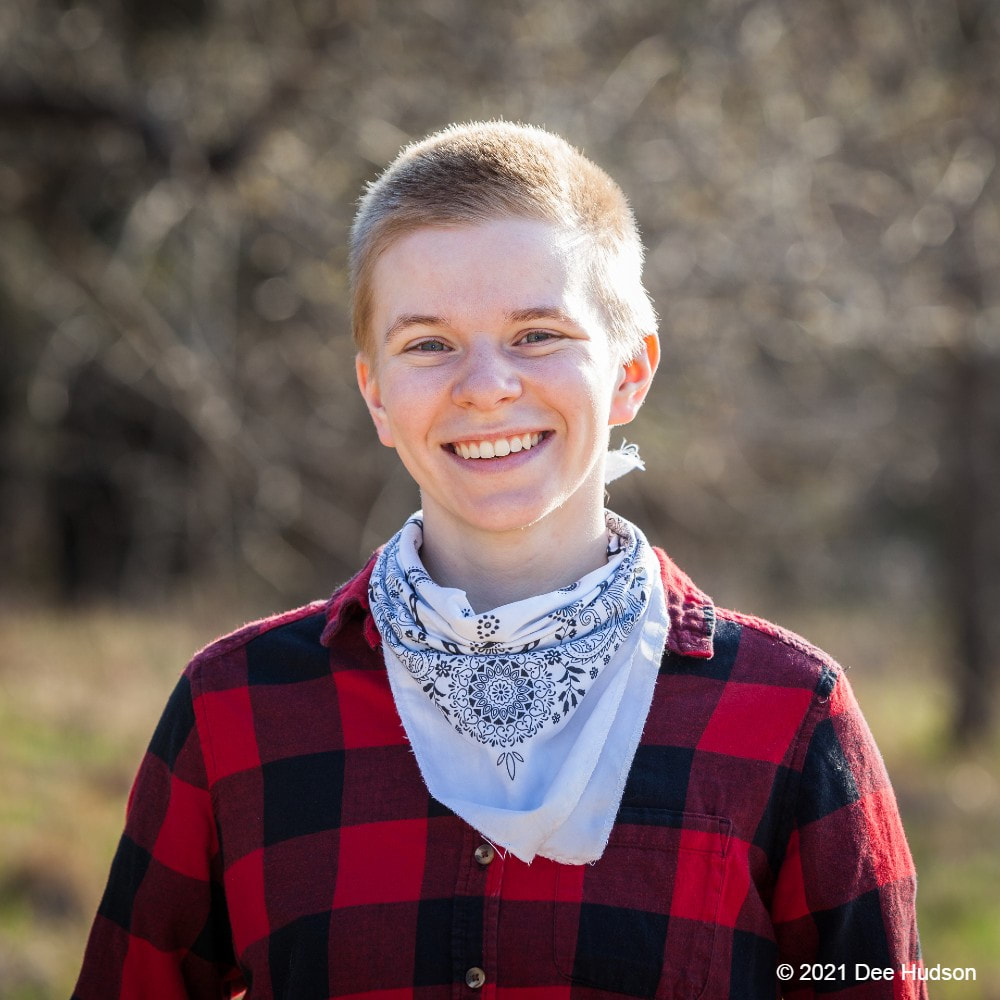
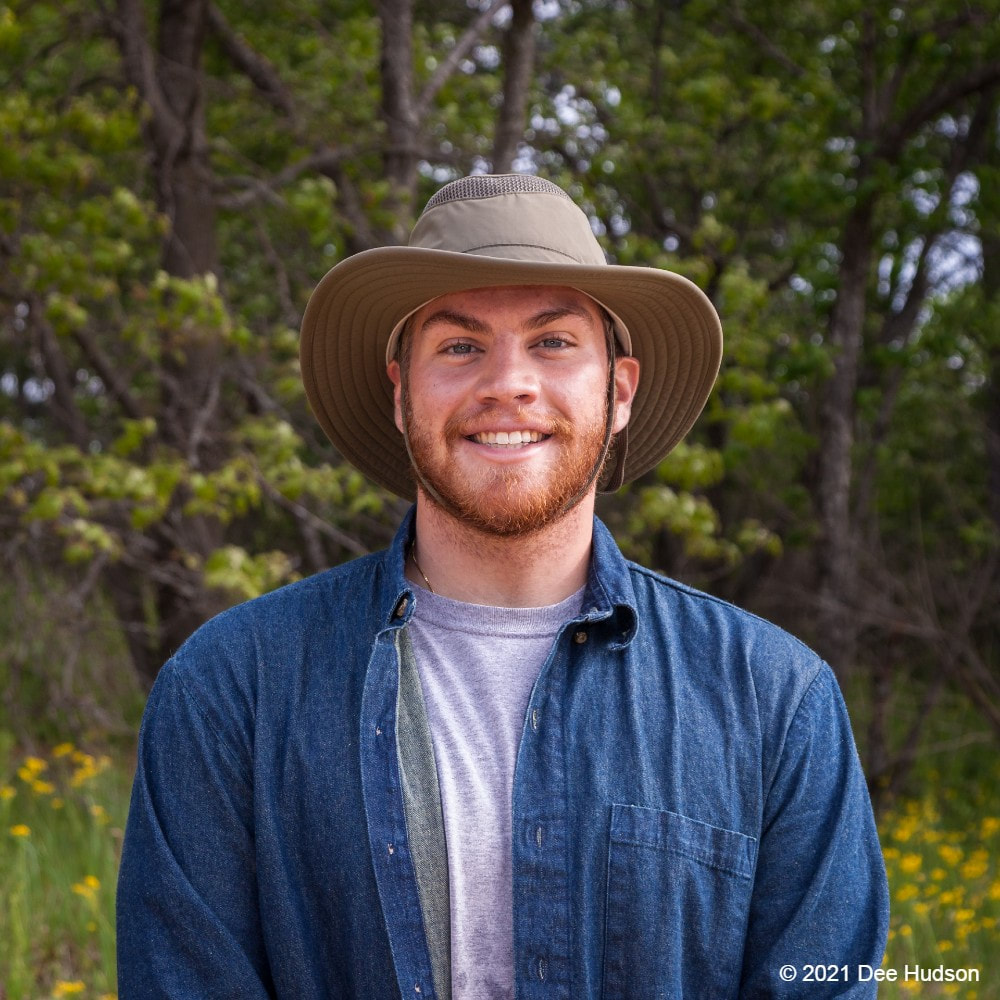
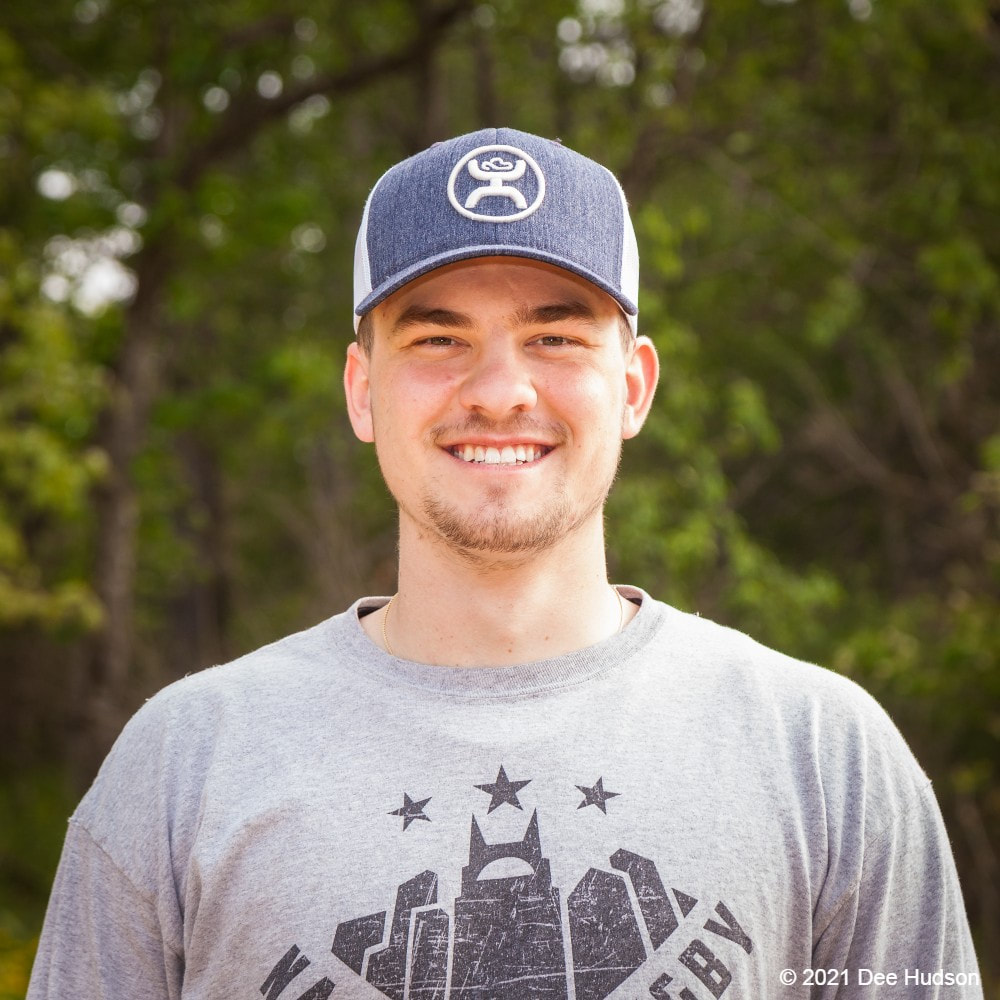
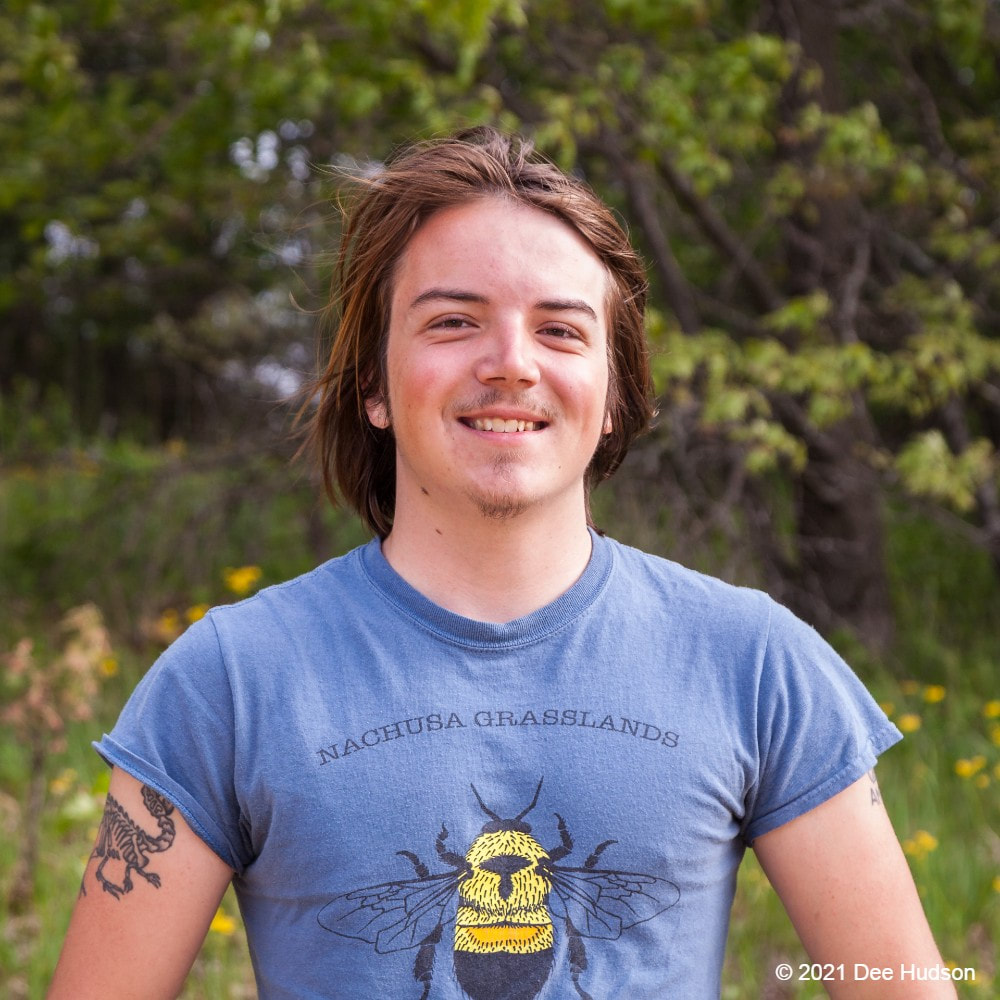
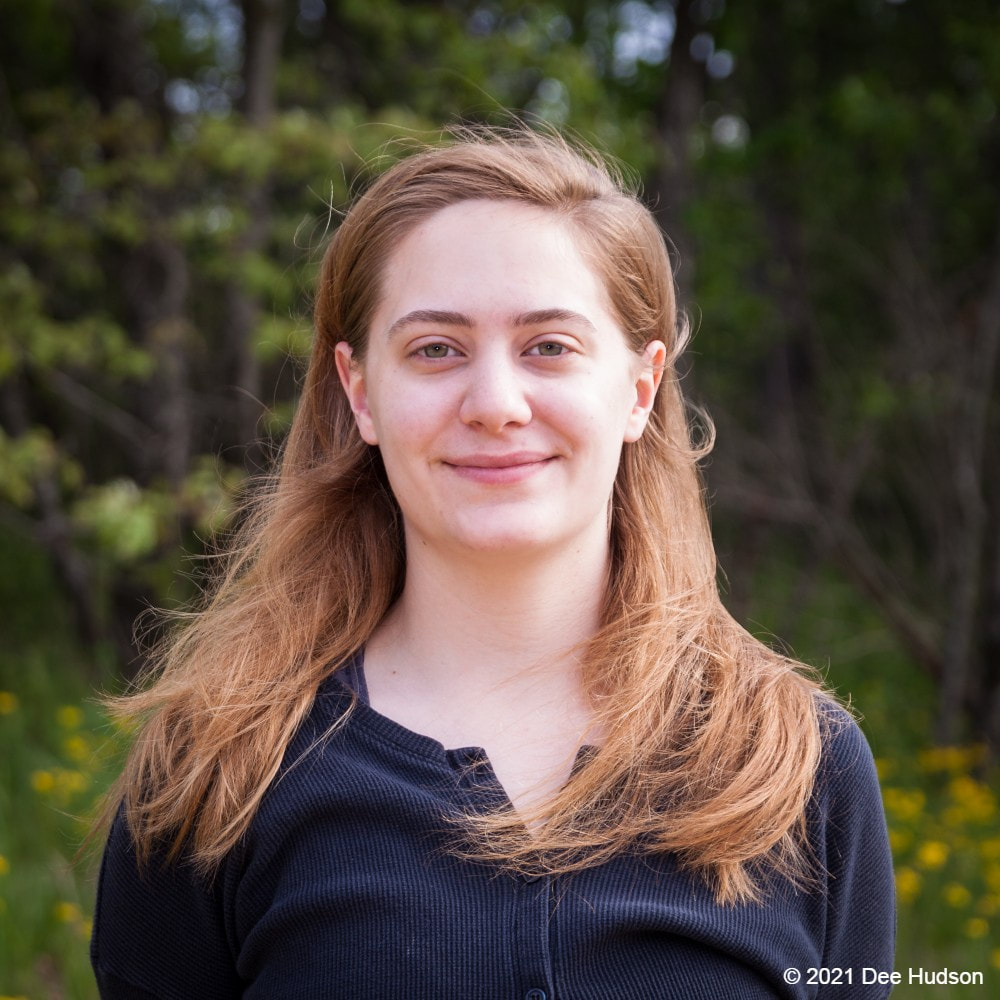

 RSS Feed
RSS Feed